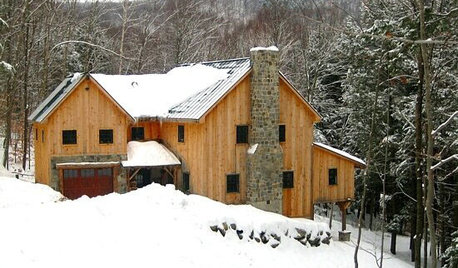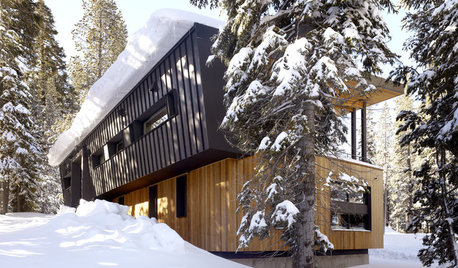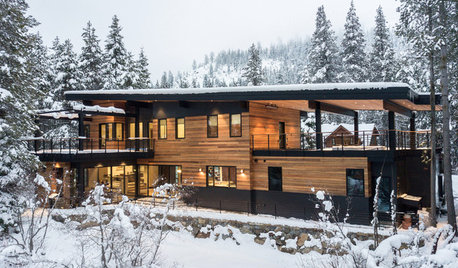Preparing beds for winter....
lvmygrdn
18 years ago
Related Stories

PRODUCT PICKSGet Prepared for Winter's Wonderful Ways
Are you ready for winter? It's ready for you. Here's how to weather the season with a smile
Full Story
Winterizing: Prepare the House for Snow-Day Activities!
Here's how to set up your home for when you can't play outside
Full Story
TRAVEL BY DESIGNHow to Prepare Your House for a Home Swap
Trading homes for your vacation? Leave yours in great shape for your guests and help them enjoy a happy break with these 12 tips
Full Story
LIFEHow to Prepare Your House for Emergencies
Knock on wood you won't have any big mishaps at home, but it's important to be ready. Our checklist can help
Full Story
LIFEHow to Prepare for and Live With a Power Outage
When electricity loss puts food, water and heat in jeopardy, don't be in the dark about how to stay as safe and comfortable as possible
Full Story
HOUSEKEEPINGGet Ready for Winter the Chilled-Out Way
Doing just a simple task a day for a dozen days will have you and your home saying, "Bring it on" to winter
Full Story
SELLING YOUR HOUSE9 Tips for Selling Your House in Winter
Make your home stand out to buyers in a challenging season by upping its coziness and showing its potential
Full Story
Warm Up Your Home for Winter
Look forward to the indoor season, equipped with a cozy environment at home
Full Story
DECORATING GUIDESTake the Chill Off With Cozy Winter Textures
Stay warm this fall and winter with your favorite applications of velvet, wool and knits and plenty of woodsy accents
Full Story
MONTHLY HOME CHECKLISTSYour Winter Home Maintenance Checklist
Keep your home and yard safe and running smoothly as temperatures drop and activity moves indoors
Full StorySponsored






kimka
Filbert
Related Professionals
Grand Haven Landscape Architects & Landscape Designers · Avocado Heights Landscape Contractors · Arlington Landscape Contractors · Boca Raton Landscape Contractors · Deerfield Beach Landscape Contractors · Indio Landscape Contractors · Kahului Landscape Contractors · Los Banos Landscape Contractors · Mashpee Landscape Contractors · National City Landscape Contractors · Quincy Landscape Contractors · Germantown Siding & Exteriors · Mitchellville Siding & Exteriors · Menomonee Falls Siding & Exteriors · Iowa City Siding & Exteriorsthe_virginian
ryanzone7
lvmygrdnOriginal Author
watergal
the_virginian
laine713
the_virginian